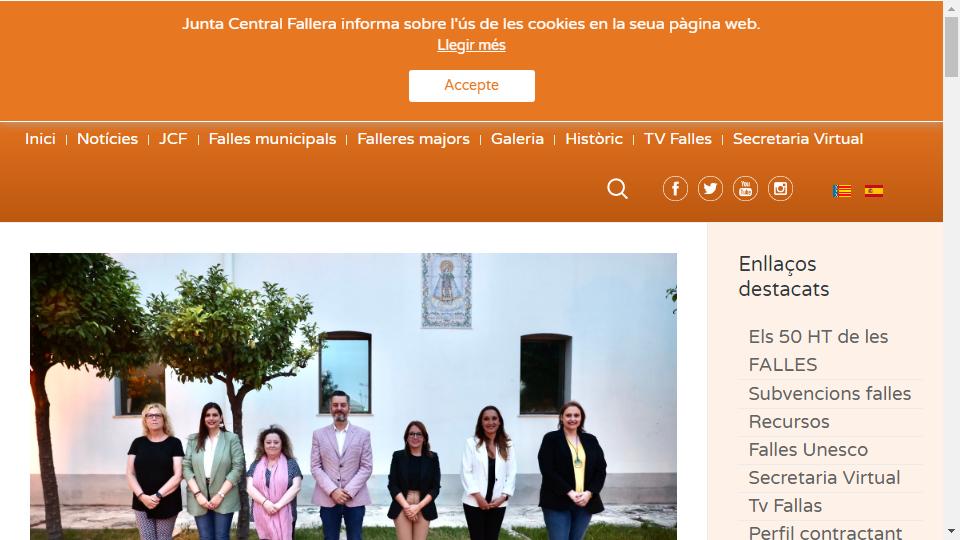

Valencia Fajr (Torch Festival) is Held annually from March 12 to March 19, the Fajr Festival is arguably one of the most important traditional celebrations of the Valencian Silk, commemorating the city's long Silk Road history and attracting thousands of visitors to the region each year to set fire to welcome spring.
The Valencian Fajr Festival was celebrated on November 30, 2016 by the United Nations November 30, 2016 by the United Nations Intergovernmental Committee for the Safeguarding of Intangible Cultural Heritage inscribed on the "UNESCO Representative List of the Intangible Cultural Heritage of Humanity". The festival was born in Valencia in the 18th century and is currently held in 160 cities, with some 800 committees actively leading the organization of some 200,000 "Falleros" and "Falleras" (volunteers who organize and participate in the festival). The Fajr celebration extends far beyond the Valencia region and is held in other Spanish cities such as Barcelona and Mallorca, as well as in other countries such as Argentina. It is also an important stimulus to promote many activities related to the historical Silk Road.
The Faja Festival brings back the traditional Valencian silk The festival brings back the revival of traditional Valencian silk clothing, bringing back the style from the 18th century. The famous traditional costumes, worn by the "Falleros" and "Falleras" were made using embroidered silks and special fabrics in a variety of colors and patterns, thus preserving the tradition of using ancient hand-made silk looms for production. In fact, Valencia is one of the few cities in Spain where silk is still woven on hand looms, an important aspect of the 2015 "Valencia City of Silk" proposal.
Another feature of the festival is the huge "Faya", a monument made up of comic works by local artists and craftspeople, which provides a satirical commentary on contemporary social issues. Often built in a town square, the Faja is a short-term construction, built by painters, sculptors and carpenters who dedicate several months of their time to it. It is burned to ashes on a bonfire at the end of the festival, on the night of St. Joseph's Day, symbolizing the revival of social activities. Throughout the parade band parades down the road, there is an abundance of street food, "Falleros" and "Falleras" fireworks and other pyrotechnics. A so-called "Queen of Faya" is also elected each year to promote the festival and encourage participation by locals and tourists.
The celebration is held from March 14 to 19 each year and symbolizes the arrival of spring, providing an opportunity for collective creativity and the preservation of traditional arts and crafts. It is also a source of community pride and contributes to cultural identity, which in turn strengthens social cohesion. In the past, the festival was a way to preserve the Valencian language at a time when it was forbidden, thus preserving and spreading cultural knowledge, and today it remains a reminder of Valencia's strong ties to the great Silk Road.

Links : poudr.xyz
This site is free of charge to add web sites. If you are interested, you are welcome to contribute! Contact Email:[email protected] ‖ Contact
Copyright © 2018-2025 en.sitegaga.com All Rights Reserved.